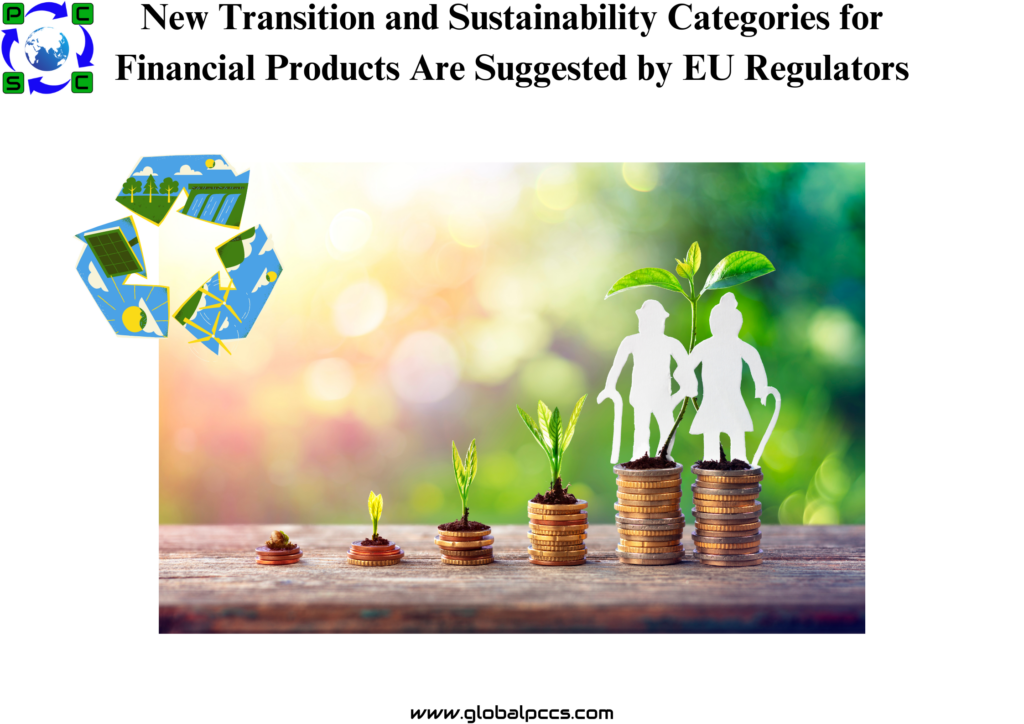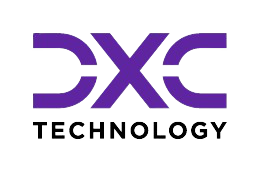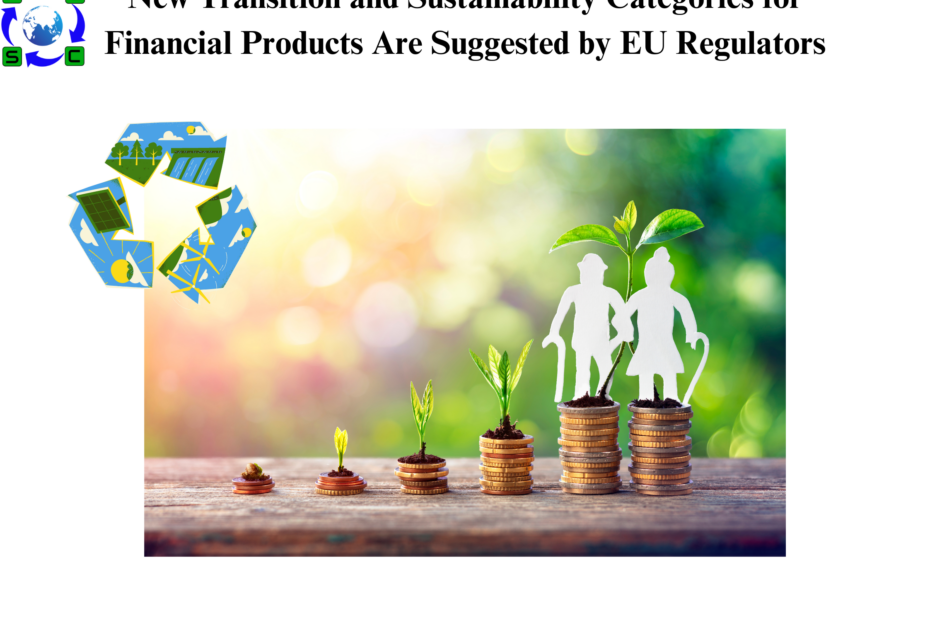 The Sustainable Finance Disclosure Regulation (SFDR) has been the subject of a new assessment by the European Supervisory Authorities (ESAs), the three main financial regulatory bodies in Europe. The ESAs have proposed a number of updates and changes to the SFDR, including the creation of new “Sustainable” and “Transition” categories for financial products like investment funds, life insurance, and pension products
The Sustainable Finance Disclosure Regulation (SFDR) has been the subject of a new assessment by the European Supervisory Authorities (ESAs), the three main financial regulatory bodies in Europe. The ESAs have proposed a number of updates and changes to the SFDR, including the creation of new “Sustainable” and “Transition” categories for financial products like investment funds, life insurance, and pension products
Among the ESAs are the European Insurance and Occupational Pensions Authority (EIOPA), the European Banking Authority (EBA), and the European Securities and Markets Authority (ESMA).
The European Commission launched a thorough review of the SFDR framework last year, and the ESA’s new assessment comes after that. The goal of the review is to create uniform guidelines for investors and advisers in the financial market regarding transparency when it comes to integrating sustainability risks, taking adverse sustainability impacts into account in their operations, and providing sustainability-related information about financial products.
According to the regulation, investment funds with a focus on sustainability can be classified into one of two categories: “Article 8” funds, which are defined as those that “promote environmental or social characteristics or a combination of those characteristics,” or “Article 9” funds, which are subject to stricter disclosure requirements and have “sustainable investment as their objective.” The Commission raised concerns in its evaluation over the possible hazards of greenwashing, citing the use of Article 8 and 9 designations as de facto sustainability quality badges.
The ESAs addressed the Commission’s Article 8 and 9 concerns in the evaluation, noting:
The ESAs support the creation of regulatory product categories because they would provide clarity for investors, especially retail investors, and help solve the issues with greenwashing that result from the improper use of disclosures made under Articles 8 and 9 of the SFDR.
The two disclosure regimes outlined in SFDR Articles 8 and 9 have been employed as sustainability labels by financial market players and perceived as labels by investors, despite the fact that the co-legislators intended SFDR to be a disclosure legislation. This strategy has confused investors and undercut the disclosures’ intended purpose.
A financial product classification system and an indicator to better understand the sustainability profile of the products were two of the main recommendations included in the ESAs’ assessment, which sought to reduce the risk of SFDR misuse and increase consumer clarity.
The ESAs proposed two product categories: one for sustainable products and the other for transition items, both of which were based on well-defined criteria. goods that invest in economically viable ventures and assets that are already socially or ecologically sustainable would fall under the “Sustainable” category. These goods would also need to meet certain minimal requirements, including meeting the minimum requirements for minimum alignment with the EU Taxonomy for environmentally sustainable products. Products that invest in non-sustainable activities or assets with the goal of becoming sustainable over time, taking into account both ambition and timeline, and aligning with EU and international environmental and social objectives, would fall under the Transition category.
In order to condense complicated sustainability information into a format that is simply understood, the proposed sustainability indicator would provide a grading system for financial instruments. One indication for items inside and outside of the Sustainable and Transition categories, as well as one indicator for each category, were among the choices for the indicator that the ESAs suggested.
Disclosure and marketing plans for financial products under the SFDR, including those that fit into the recommended product categories, those with sustainability features but don’t fit into the categories, and products without sustainability features, are also included in the evaluation conducted by the ESAs.
The ESAs suggest limitations on the use of ESG or sustainability-related terms in product names and marketing, as well as requirements for disclosure of the sustainability features in regulatory documents for products with sustainability features that do not fall under the Sustainable or Transition categories. According to the recommendations, products without sustainability features should not be permitted to use ESG or sustainability-related terms. Instead, they should have a disclaimer stating clearly that they do not have any sustainability features, and they might even be forced to disclose as little as possible about their detrimental effects on sustainability.
The ESAs study also emphasized issues with the EU Taxonomy and the SFDR as “two parallel concepts of sustainable investment,'” highlighting the uncertainty this creates for consumers. The ESAs urged the Commission to finish the taxonomy for all activities contributing to environmental sustainability and to expand it to social sustainability, arguing that it might serve as a scientifically grounded benchmark for evaluating sustainability performance.
The ESAs study also emphasized issues with the EU Taxonomy and the SFDR as “two parallel concepts of sustainable investment,” highlighting the uncertainty this creates for consumers. The ESAs urged the Commission to finish the taxonomy for all activities contributing to environmental sustainability and to expand it to social sustainability, arguing that it might serve as a scientifically grounded benchmark for evaluating sustainability performance.
The European sustainable and responsible investment association, Eurosif, expressed concern about the possibility of allowing some use of ESG or sustainability-related terms for products with sustainability features that do not qualify for the Sustainable or Transition categories, but otherwise welcomed most of the regulators’ proposals in a statement released following the release of the ESAs’ assessment.








 Authorised IMDS & CDX Training & Consulting partner for
Authorised IMDS & CDX Training & Consulting partner for





